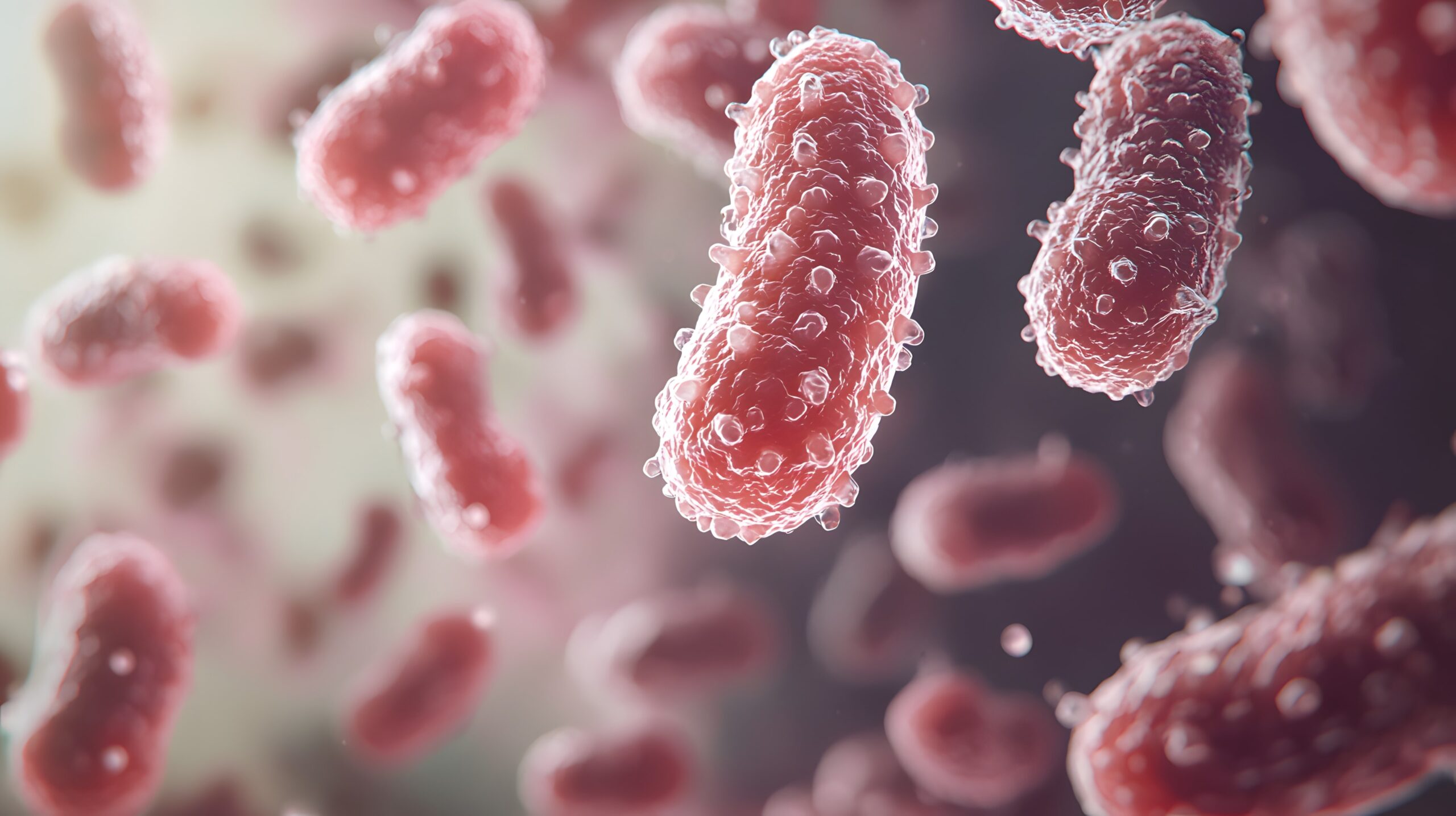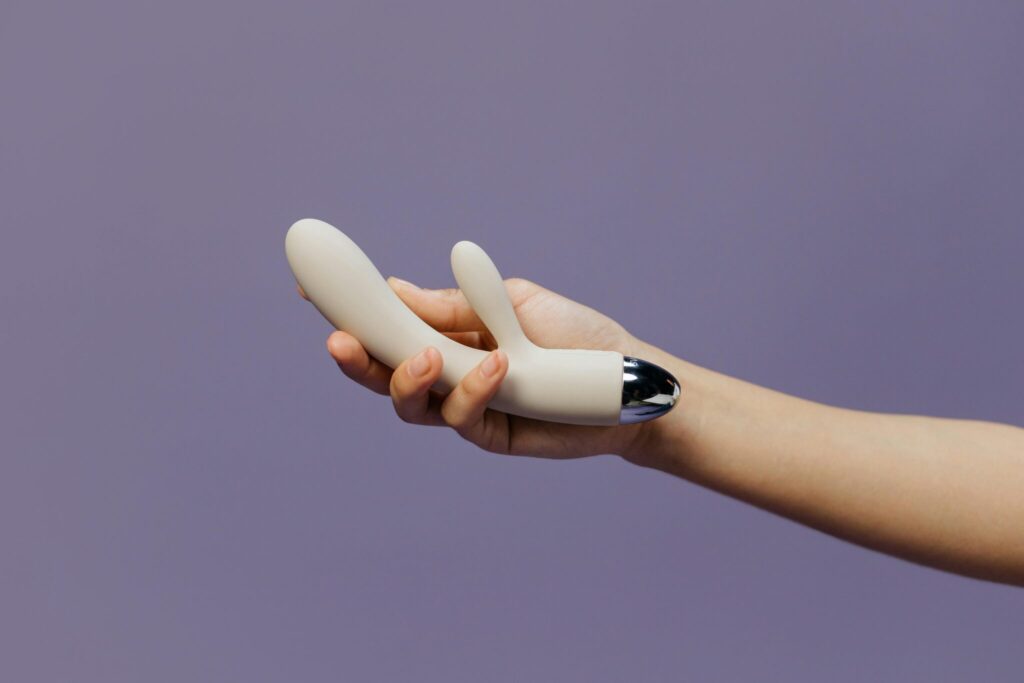Chlamydia can live on sex toys for up to 30 hours on porous materials. Bacterial infections, such as chlamydia and gonorrhea, are caused by bacteria and can develop resistance to antibiotics. These infections are transmitted through bodily fluids, making it crucial to understand the risks when using sex toys. Here’s how long can chlamydia live on toys, the factors that affect the bacteria, and tips for safe sex toys use to reduce the risk of infection.
Quick Facts
- Chlamydia can survive on dry surfaces for up to 30 hours. So, clean your sex toys properly!
- Sex toy material matters, porous materials are more likely to retain bacteria and transmit infection.
- Cleaning and using condoms on sex toys are musts to reduce the risk of transmitting chlamydia and other STIs.
- Proper cleaning of sex toys is crucial to prevent bacterial infections, including chlamydia and gonorrhea, which are transmitted through bodily fluids.
What is Chlamydia

Chlamydia trachomatis is the bacteria that causes chlamydia, a common STI. It’s one of the most common STIs and can be spread through oral, vaginal, or anal sex. The sneaky thing about chlamydia is it often has no symptoms. So, people may not even know they have it.
Since it can silently infect someone and they can spread it to others during sex without even knowing it, testing is key — especially for those who are sexually active. Early detection and treatment through chlamydia testing can stop the spread and prevent health complications.
Chlamydia Bacteria Lifespan Outside the Body
Knowing how long chlamydia bacteria can survive outside the body is important to reduce infection risk. The Chlamydia trachomatis strain can survive on non-living surfaces for up to 30 hours. This is why it’s important to sanitize and store sex toys properly after use.
Environmental conditions like temperature and humidity affect how long bacteria can survive when not inside the body. Cooler environments can extend the viability period for some bacterial species including those that cause chlamydia. Knowing how external factors affect bacterial lifespan means you need to have strict cleaning protocols to prevent transmission through contaminated objects like sex toys.
Chlamydia on Sex Toys
Sex toys are made of different materials and each has its own characteristics that affect how long chlamydia bacteria can survive on them. Glass and silicone are non-porous and don’t support prolonged survival of chlamydia bacteria, while porous materials like neoprene and vinyl are more likely to transmit chlamydia through sex toys.
Porous materials can absorb bodily fluids so it’s an ideal environment for bacteria like chlamydia to grow. When these types of sex toys come into contact with the body especially when inserted internally, there’s a higher risk since they can hold onto fluids and retain chlamydia bacteria for a longer period. Choosing the right material for your toys is key to reducing the risk of getting chlamydia from sex toys.
It’s important to be aware which materials make certain sex toys safe or risky for sexual health. Knowing which ones are higher risk helps you choose better when using these products and also to take proper care during cleaning routines — significantly reducing the spread of sexually transmitted infections (STIs) including but not limited to chlamydia.
Chlamydia Survival on Sex Toys
Factors such as the toy’s material, presence of bodily fluids and environmental conditions affect chlamydia survival on sex toys and risk.
Material of the Toy
The lifespan of chlamydia bacteria on sex toys is mostly affected by the material of the toy. Non-porous materials like silicone and glass are easier to clean since they don’t absorb fluids and reduce the chance for chlamydia bacteria to survive.
On the other hand, porous materials in some sex toys can retain bacteria for a longer period and increase the risk of infection. Always follow the care instructions of the manufacturer for each toy. For example, silicone toys can be sanitized through boiling water or dishwashing.
Presence of Bodily Fluids
Bodily fluids like semen and vaginal fluids create a moist environment that helps chlamydia survive on sex toys. Sharing toys without proper cleaning increases transmission risk.
Porous materials are more problematic as they can absorb bodily fluids and become a breeding ground for bacteria. Cleaning sex toys thoroughly before and after use removes residual bodily fluids and reduces bacterial survival risk.
Environmental Conditions
Chlamydia survival on sex toys can be affected by environmental factors like temperature and humidity. When the humidity is high, bacteria can survive for 2-3 hours on surfaces.
On the other hand, cooler environment of 4°C has been shown to prolong chlamydia survival on various surfaces. To reduce risk of infection and limit bacterial survival, it’s best to store sex toys in a dry and cool environment.
Sharing Sex Toys
Using sex toys with multiple partners without proper sanitization increases the risk of spreading infections like chlamydia. Once exposed to contaminated bodily fluids, these toys become breeding ground for infectious bacteria which can then be passed to others. The risk is higher when these toys are used interchangeably between vaginal and anal play if not cleaned properly.
Infections like human papillomavirus (HPV) and herpes can be transmitted through skin contact alone when using shared sex toys. Exposure to blood on these items can spread conditions like hepatitis B and C. Be cautious when sharing under certain circumstances.
Using a condom with sex toys reduces the risk of infection transmission. Making sure a new condom covers each toy before it’s used by someone else is an effective barrier against diseases. Following strict cleanliness standards is key to reducing risk of chlamydia or other STIs.
Chlamydia Transmission Through Sex Toys
To reduce the risk of transmission, clean sex toys thoroughly before and after use. When sharing toys during sex, make sure to cover them with a new condom to minimize risk of infection.
Cleaning and Disinfecting Sex Toys
Cleaning sex toys with soap and water or antibacterial cleaners reduces chlamydia bacteria. Use warm water and mild, fragrance-free soap to hand wash most sex toys. Non-porous materials like silicone and glass are easier to disinfect and less likely to harbor microorganisms.
Clean sex toys before and after use to minimize infection and STI transmission risk. Antibacterial toys are designed to disinfect sex toys and are safe for most materials. For thorough sanitation, clean sex toys with warm water and soap first then apply disinfectants.
Let sex toys sit for about 24 hours after cleaning to allow any remaining bacteria to die, especially for non-porous toys which are less likely to harbor bacteria.
Condoms on Sex Toys

Using condoms with sex toys reduces the risk of transmitting STIs by creating a barrier that prevents direct contact and exchange of bodily fluids and reduces the risk of infection.
Put a new condom on each sex toy before it touches another partner to keep it clean and prevent cross contamination. This will prevent transmission of chlamydia and other STIs.
Symptoms and Testing for Chlamydia
Men and women show different symptoms for chlamydia. When symptoms are present, men may have discharge from their penis or pain during urination, women may have unusual vaginal discharge or burning during urination. Since chlamydia can be asymptomatic, regular testing is key to early detection.
If left untreated, the complications of chlamydia can be severe in women. PID, infertility and ectopic pregnancy are some of the risks. So annual testing is recommended for those under 25 who are sexually active and those with other risk factors. This testing usually requires either a urine sample or swabbing around the vagina to collect specimens.
Safe Sex Practices
Using condoms correctly and consistently is the best way to prevent chlamydia. Dispose of a condom after one use, whether it’s on sex toys or not, to maximize protection against STIs.
Apply condoms to sex toys especially if the material of the toy is unknown. This adds an extra barrier against infection. For each new partner and each use, use new condoms to minimize the risk of re-infection.
Following these guidelines will reduce the risk of chlamydia and other STIs.
Conclusion
In a nutshell, knowing how long chlamydia bacteria can live on sex toys and what affects their survival is key to preventing infections. People should be aware of the toy material, if bodily fluids are present and the environment to minimize the risks.
Following strict hygiene practices of cleaning and disinfecting sex toys and using condoms during sex will greatly reduce the spread of chlamydia and other STIs. Be safe and have fun!
FAQs
How long can chlamydia live on sex toys?
Chlamydia can live on sex toys for up to 30 hours depending on the material and environment.
So clean and disinfect sex toys after use to prevent infection.
Can you clean chlamydia off toys?
Yes, you can clean chlamydia off toys by using warm water and mild soap or antibacterial cleaners. Make sure to clean toys thoroughly before and after each use to prevent transmission.
Can chlamydia be transmitted through sharing sex toys?
Yes, chlamydia can be transmitted through sex toys that have come into contact with infected bodily fluids.
Clean toys or use condoms on them to minimize the risk.
What materials are sex toys safer from?
Non-porous materials like silicone and glass are safer for sex toys as they are easy to clean and less likely to harbor bacteria and reduce the risk of chlamydia transmission.
Choose these materials for added safety.
How do I clean sex toys to prevent chlamydia transmission?
To prevent chlamydia transmission, clean sex toys with warm water and mild soap or antibacterial cleaners before and after each use.
Non-porous toys can also be disinfected with boiling water or in the dishwasher following the manufacturer’s instructions.
Do I need to use condoms on sex toys?
Yes, use condoms on sex toys to minimize the risk of STIs.
Use a new condom for each partner and each use.
